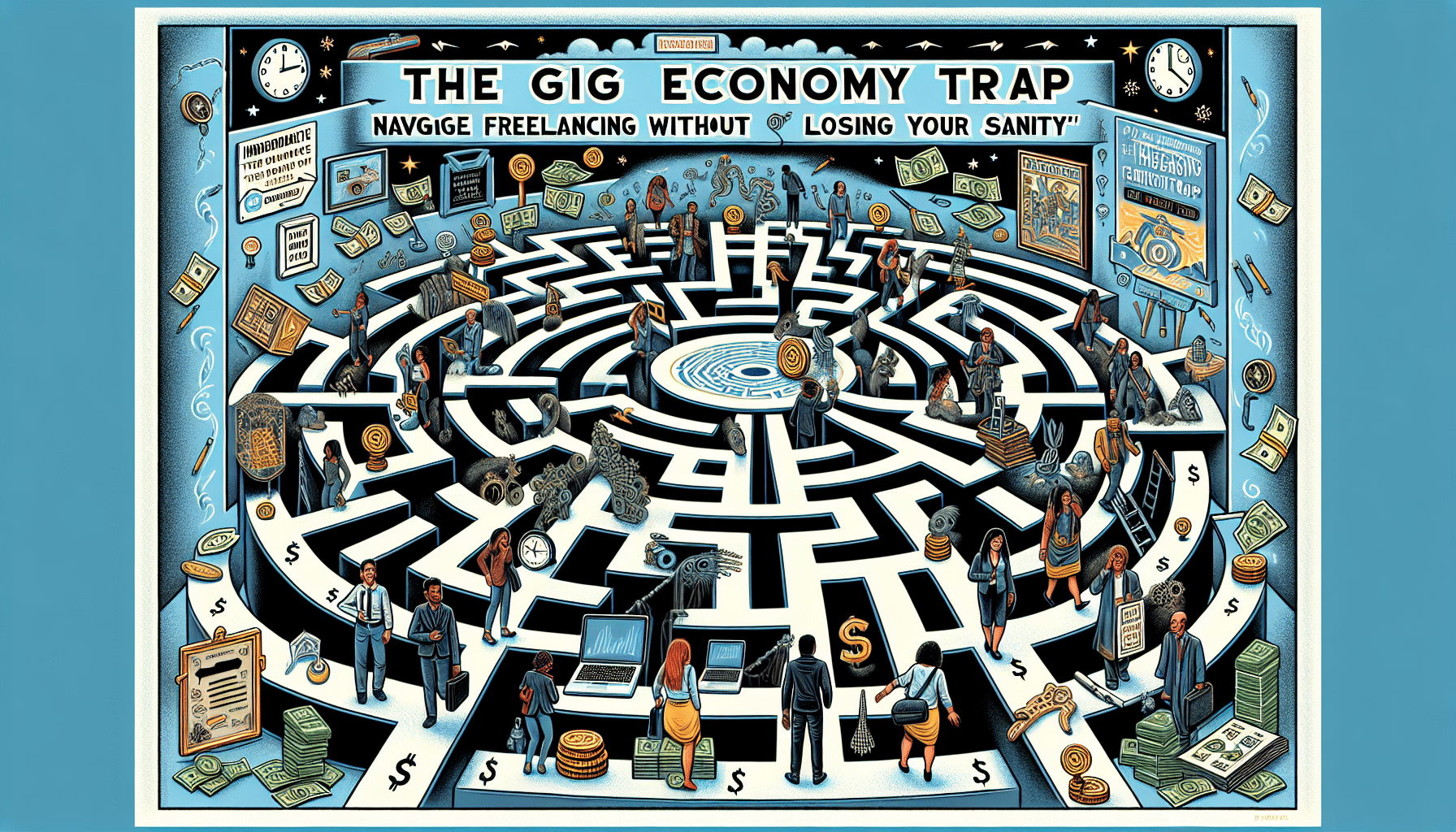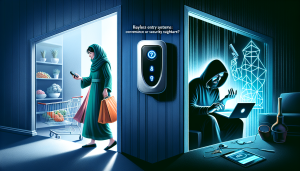The Gig Economy Trap: Navigate Freelancing Without Losing Your Sanity
The gig economy has risen in popularity in recent years, with more and more people choosing freelance work over traditional 9-to-5 jobs. While the freedom and flexibility of freelancing can be enticing, many find themselves falling into the trap of overworking and burning out. As a content writer professional in Google SEO, I’ve seen the struggles of navigating the gig economy firsthand. In this article, we’ll explore the gig economy trap and discuss strategies to help you navigate freelancing without losing your sanity. 
The Gig Economy: A Brief Overview
The term “gig economy” refers to the trend of people taking on short-term, freelance work rather than committing to one full-time job. The rise of technology and online platforms have made it easier for individuals to find work and clients without the need for a traditional employer. This has led to a surge of freelance opportunities in various industries, including marketing, writing, graphic design, and more.
The Allure of Freelancing
The freedom and flexibility of the gig economy are what attract many people to pursue freelance work. No more rush hour traffic or reporting to a manager – you have the freedom to work when and where you want. You also have the autonomy to choose the type of work you want to do and set your own rates. It’s easy to see why the gig economy is appealing, especially for those who value independence and work-life balance.
The Downside of Freelancing
Despite its perks, the gig economy can quickly turn into a trap for many freelancers. With no set schedule, it’s easy to fall into the habit of working non-stop. Without the structure of a regular job, you might find yourself working longer hours and sacrificing personal time for the sake of completing tasks. Additionally, the constant hustle to find new clients and projects can lead to a lot of stress and uncertainty, especially during slow periods.
Navigating the Trap
While it may seem challenging to maintain your sanity while freelancing, there are strategies you can implement to help navigate the gig economy trap.
Set a Schedule
One of the keys to avoiding burnout is setting a regular work schedule. Treat your freelance work like any other job, and set a start and end time to your workday. This will help you establish boundaries and prevent overworking.
Take Breaks
It’s essential to take breaks throughout the day to rest your mind and recharge. Whether it’s a short walk, a coffee break, or a lunch break, give yourself time to step away from work. This will help you stay focused and productive when you return to your tasks.
Learn to Say No
As a freelancer trying to build your client base, it can be tempting to take on every project that comes your way. However, taking on too much work can lead to stress and poor-quality output. Learn to say no to projects that may overload your schedule or that don’t align with your values and interests.
Stay Organized
With multiple clients and projects, it’s crucial to stay organized to avoid missing deadlines and feeling overwhelmed. Use tools such as project management software or a good old-fashioned to-do list to keep track of your tasks and stay on top of your workload.
In Summary
Freelancing in the gig economy can be a fulfilling and lucrative career choice, but it’s essential to navigate it smartly to maintain your sanity. As mentioned, setting a schedule, taking breaks, learning to say no, and staying organized are just a few strategies that can help you avoid the gig economy trap. Remember to prioritize your well-being and find a balance between work and personal life. With the right approach, you can successfully navigate freelancing without losing your sanity.










